Our Research Centers
The College's centers and institutes are hotbeds of interdisciplinary research. Most CNAS faculty members belong to at least one, and their students have the opportunity to work in these flourishing incubators for tomorrow's discoveries. Learn more about our centers and institutes below.

AES - Citrus Research Center
Founded in 1907, the Agricultural Experiment Station-Citrus Research Center predates the campus by half a century and is the reason that UCR was established in Riverside. The Citrus Experiment Station, as it was first known, was established to provide research-based assistance to the region's flourishing citrus orchards. Today, after 100+ years, UCR's oldest research center continues to generate discoveries that have transformed the way we eat, the way we farm, and the way we treat our natural resources.

Alternative Earths Astrobiology Center
The Alternative Earths Astrobiology Center is cultivating a "search engine" for life on distant worlds using the best possible template: the billions of years that Earth was teeming with simple life, long before the evolution of animals. Building on $12 million in NASA-funded assets at UC Riverside, this cross-departmental integration of Earth science and astronomy—plus a broader array of on-campus collaborations spawned by this alliance—will position the university as a world leader in the search for habitable worlds and life beyond Earth.
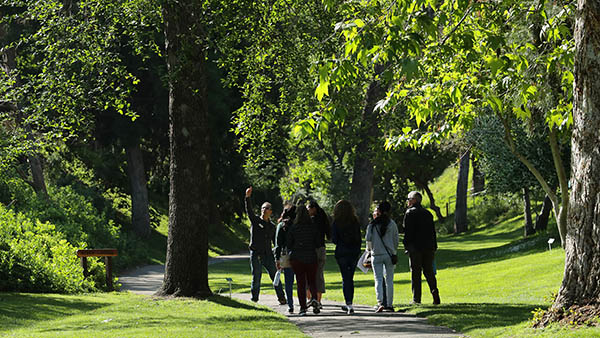
Botanic Gardens
The UCR Botanic Gardens is a living museum with more than 3,500 plant species and thousands of specimens with a focus on plants from Mediterranean climate and arid lands. The Gardens are utilized for teaching, research, and demonstration purposes, as well as enjoyment and appreciation of nature. Numerous engagement activities are offered each year including plant sales, classes and workshops, tours and walks, and an annual fundraiser. The Gardens are supported by an active Friends of the Botanic Gardens membership group and hundreds of volunteers from the campus and community.

California Agriculture and Food Enterprise (CAFÉ)
The California Agriculture and Food Enterprise (CAFÉ) builds on UCR’s unique history and strengths in interdisciplinary research, facilities and outreach to positively impact the science, policies and practices related to the critical role of food and agriculture to human health and well-being.

California Teach - Science & Math Initiative
The Science and Math Initiative aims to encourage and create multiple pathways for students interested in science, mathematics, and engineering to consider teaching as a future career.
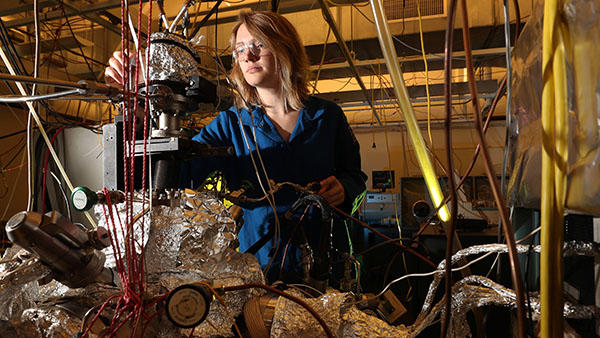
Center for Catalysis
The mission of the Center for Catalysis is to tackle new and novel interdisciplinary challenges faced by the field of chemical catalysis in the 21st century. Emphasis is placed on addressing catalytic needs in several areas of current importance in society, including energy storage and generation, environmental remediation, green chemistry and synthesis of specialty chemicals. The center draws from expertise across multiple departments at UCR in undertaking projects in the collaborative, interdisciplinary manner that is prevalent in the field today.

Center for Conservation Biology
The Center for Conservation Biology assists in the conservation and restoration of species and ecosystems by facilitating the collection, evaluation, and dissemination of scientific information. The CCB proactively identifies new research priorities in conservation biology and inaugurates new collaborative research programs. It also develops research programs in response to existing needs in conservation biology.
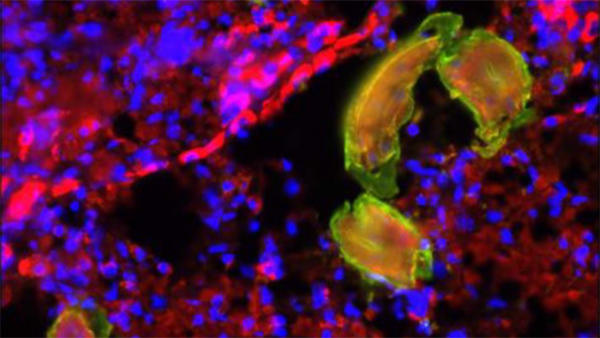
Center for Infectious Disease and Vector Research (CIDVR)
The Center for Infectious Disease and Vector Research is dedicated to obtaining and maintaining an economically and environmentally viable agricultural industry by utilizing the knowledge of insect biology towards the control of insect pests. Researchers collaborate across disciplines to find new approaches to alleviate the medical and economic burden exacted by insect-borne disease.
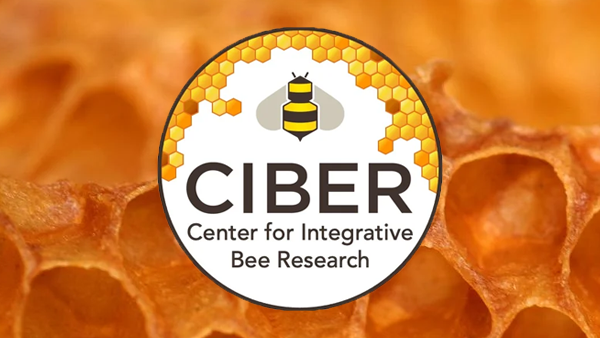
Center for Integrative Bee Research (CIBER)
CIBER is located at the Department of Entomology. Collectively, the team currently includes 10 faculty and their research groups that conduct collaborative and cross-disciplinary research on pollinator health. Activities connect landscape-level processes with organismal-level interactions and molecular mechanisms to develop tools to identify, quantify, and manage threats to pollinators. The goal is to halt and reverse nationwide declines in pollination services to ensure food security and agricultural sustainability and ecosystem stability.
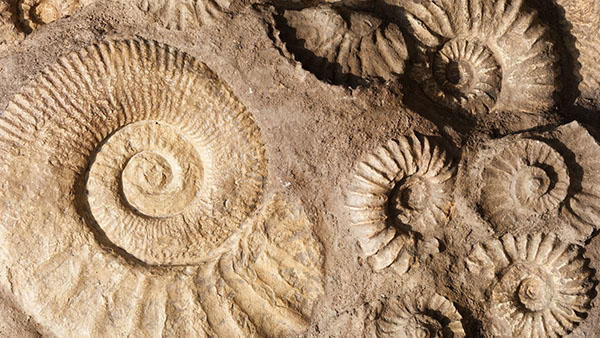
Center for Integrative Biological Collections (CIBC)
The Center for Integrative Biological Collections has a mission to advance research and teaching in biodiversity and to provide support for the management of natural resources by fostering an interdepartmental alliance among UCR's world-class natural history collections. This will be accomplished through integrated and transformative approaches across UCR collections that leverage novel systems in communication, relational databases, datamining, georeferencing, outreach, advocacy and securing enhanced funding.
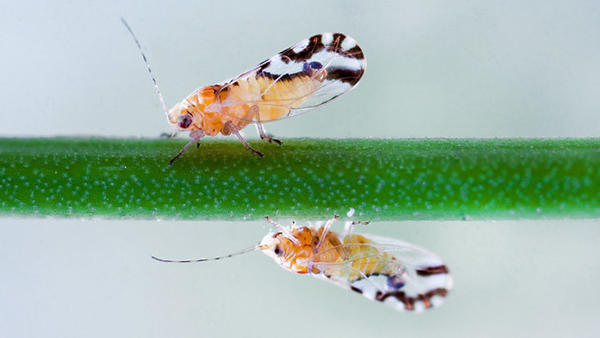
Center for Invasive Species Research (CISR)
The Center for Invasive Species Research provides a forward-looking approach to managing invasions by exotic pests and diseases in California. CISR programs on exotic pests involve: (a) risk assessment; (b) early detection; (c) rapid development of control or eradication measures; (d) pest control via biological, microbial, genetic, and chemical practices, and (e) better understanding of patterns and processes facilitating invasions.

Center for Nanoscale Science & Engineering
The Center for Nanoscale Science and Engineering supports research to transition from 2D-silicon-based devices to high-density, high-performance 2D- and 3D-electronics that will improve the functional density and power of electronic circuitry: spintronics, 3-D electronics and memory storage, and advanced carbon materials. The CNSE Nanofabrication Center and Clean Room provides facilities for semiconductor processing and nanofabrication.
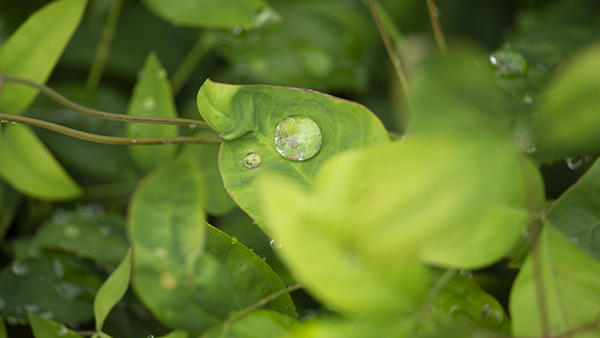
Center for Plant Cell Biology (CEPCEB)
The Center for Plant Cell Biology (CEPCEB) answers significant outstanding questions in plant biology by integrating genomic, bioinformatic, cellular, molecular, biochemical, and genetic approaches. Their goal is to apply the knowledge of how plants respond to their dynamic environment toward manipulation of crop plants safely and efficiently for better and more sustainable production.

Citrus Clonal Protection Program
The Citrus Clonal Protection Program provides a safe mechanism for the introduction of citrus varieties from any citrus-growing area of the world for the purposes of research, variety improvement, or direct use by the commercial industry. CCPP maintains blocks of trees that serve as the primary source of disease free, true to type budwood of all important fruits and rootsock variets for California's citrus industry and citrus researchers.

The EDGE Institute
The Environmental Dynamics and GeoEcology Institute (EDGE) brings together interdisciplinary scientists to answer questions and enable scientific discovery about our changing world while educating students and the public. Using a multidisciplinary approach, the focus of the EDGE Institute is to examine life in a changing environment. In particular, this institute focuses on the fate of carbon, nutrients and water in time and in space.
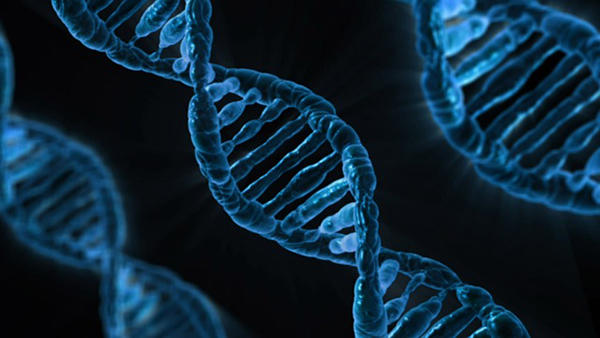
Institute for Integrative Genome Biology
The Institute for Integrative Genome Biology (IIGB) brings together faculty from a wide variety of campus units to participate in this era of rapid genomics-based discovery. Research efforts are focused on the areas of biology, vector biology, mammalian biology, plant biology, bioengineering and public policy issues and are directed toward pioneering solutions towards hunger, disease and environmental sustainability.
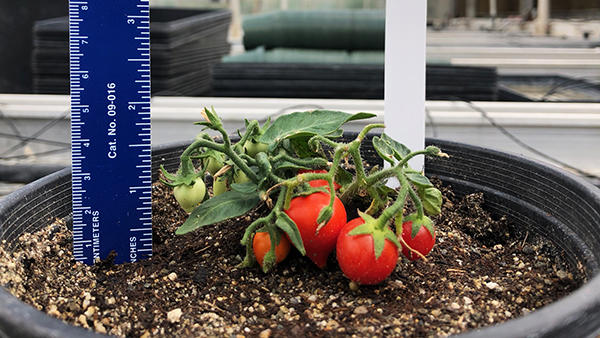
Plant Transformation Research Center (PTRC)
The University of California at Riverside has a state-of-art facility that can provide you with the infrastructure and expertise for the implementation of molecular biology and genetic engineering technologies for scientific research and teaching purposes. The Center is equipped with two BL-2 greenhouses, a growth room, three tissue culture rooms, a laboratory with all the essential equipment for molecular biology, image analyses, and genetic technologies. Beyond our state of the art facilities, the scientific staff at the Center has extensive experience in working with in vitro plant tissue culture and micropropagation, molecular biology and plant genetic transformation techniques.
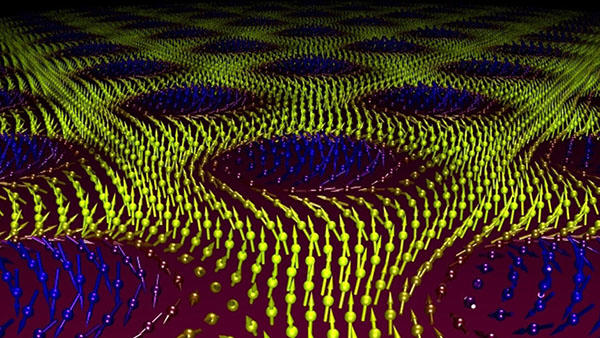
The SHINES Center
SHINES (Spins and Heat in Nanoscale Electronic Systems) is a new Energy Frontier Research Center (EFRC) funded in 2014 by the US Department of Energy. The SHINES EFRC has three inter-related research themes to address the central question: how do we harvest energy more efficiently from spins and heat on the nanoscale? The boundaries between themes are rather artificial. Many PIs are cross-theme members who work with members in other themes.
Statistical Consulting Collaboratory
The Statistical Consulting Collaboratory provides an environment for statistical analysis, modeling and collaboration in research for UCR and off-campus clients. Projects worked through the Collaboratory are often integrated into the graduate student curriculum offered by the Department of Statistics. The Collaboratory maintains a faculty/graduate student computer lab that is used for quantitative / statistical analysis, research seminars, and vendor presentations.
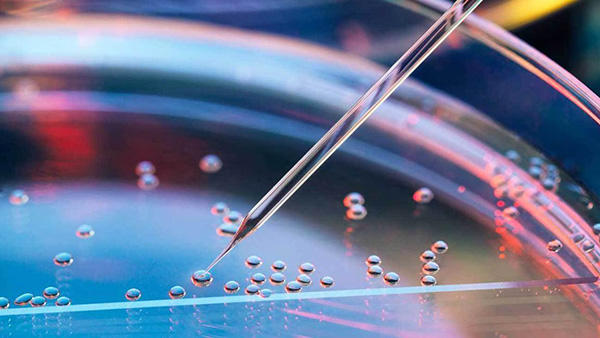
Stem Cell Center
The Stem Cell Center focuses on understanding the basic mechanisms that control stem cell function and deciphering how the tremendous potential of stem cells can be used to improve human health. Researchers at the Center have expertise in many different fields including developmental biology, cancer biology, endocrinology, aging, nanotechnology, neuroscience and bioengineering.
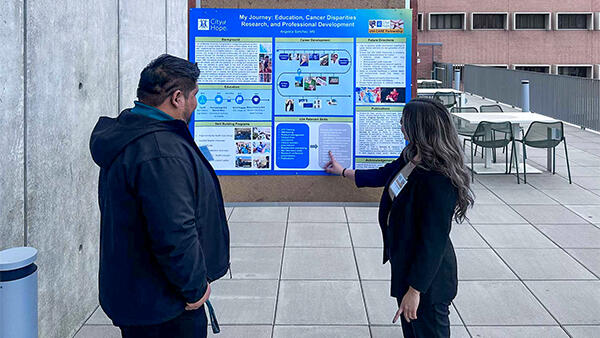
UCR/City of Hope Comprehensive Cancer Center
The mission of the UCR City of Hope Comprehensive Cancer Center / Cancer Research & Education (CARE) Partnership is to advance cancer research and drug development and reduce cancer health disparities by: Focusing on cancers that disproportionally impact minority underserved populations, Training a diverse force of cancer research scientists, Enhancing cancer education for our communities, and Improving access for our communities.
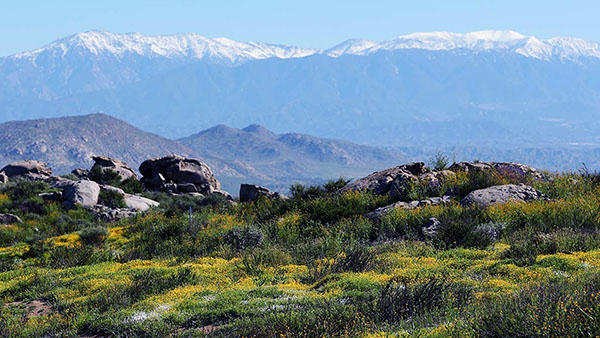
UCR Natural Reserves
UCR's Natural Reserves consists of four major and four minor reserves that have research facilities and permanent staff: the Deep Canyon, Granite Mountains, Motte, and James Reserves. Within the nearly 11,400 hectares (28,000 acres) is a broad representation of Southern California's flora, fauna, and major ecosystems. These lands are an invaluable outdoor laboratory for teaching and research, used by scientists throughout the world. In addition, many endangered or diminishing species are protected from the urbanization occurring in Southern California on "habitat islands" preserved within reserve boundaries.

USDA-ARS U.S. Salinity Laboratory
The only research facility in the nation devoted to the study and amelioration of salinity-related agricultural and environmental problems. Focal areas include: sensing, mapping, and managing soil salinity; alternative water resources for irrigation; genetics and physiology of plant salt tolerance; and antibiotic resistance.

